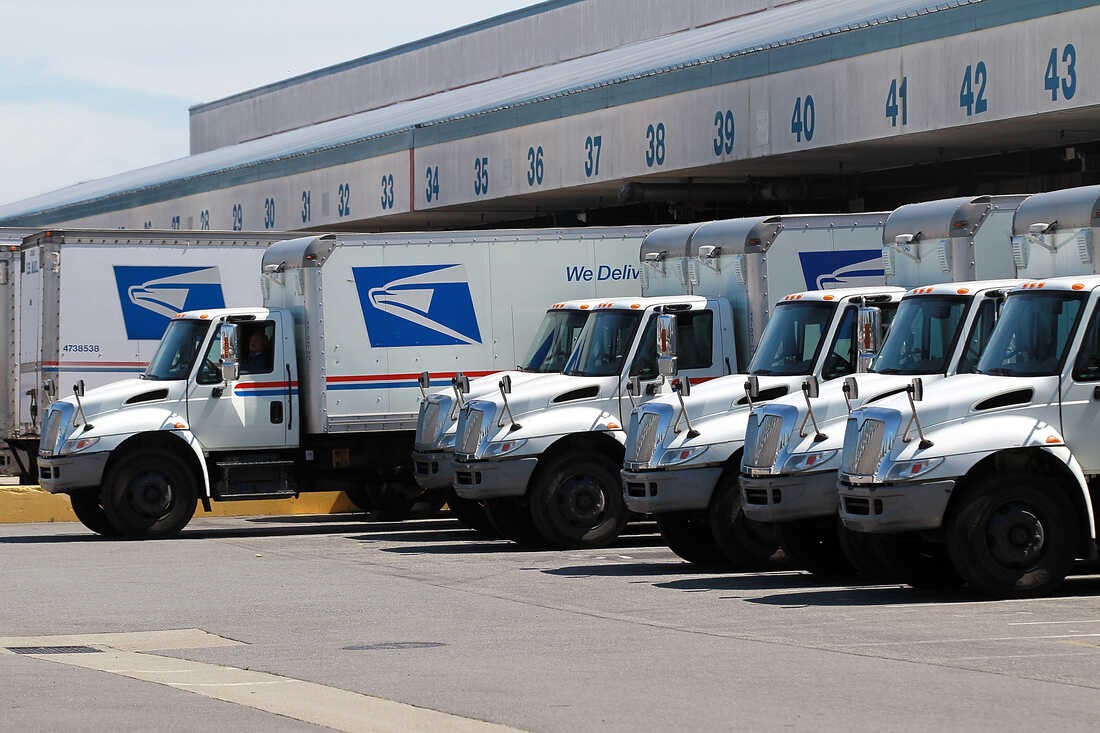The United States Postal Service (USPS) plays a crucial role in ensuring that mail and packages are delivered promptly and efficiently across the country. Whether you’re a business owner sending bulk mail or an individual mailing a letter to a loved one, understanding the US Postal Service mailing rates can help you save time and money. Additionally, knowing how do you mail a letter correctly ensures that your mail reaches its intended recipient without delays or complications.
Understanding USPS Mailing Rates
USPS offers various mailing options to suit different needs, ranging from standard First-Class Mail to expedited services such as Priority Mail Express. The cost of sending mail depends on multiple factors, including weight, size, destination, and the type of service selected.
Here’s a breakdown of the most common USPS mailing services:
1. First-Class Mail
This is the most popular mailing option for letters, postcards, and small parcels. It is affordable and generally delivers within 1-5 business days. The price of First-Class Mail is determined by weight and shape, with the base rate for a standard letter currently starting at a nominal fee.
2. Priority Mail
Priority Mail is a faster option, typically delivering within 1-3 business days. It includes tracking and free package pickup from your home or office. Pricing is based on the package’s weight and distance to the destination, although USPS also offers flat-rate boxes that allow for predictable costs.
3. Priority Mail Express
For urgent deliveries, Priority Mail Express is the best option, offering overnight delivery to most locations in the U.S. This service is available 365 days a year, including weekends and holidays.
4. Media Mail
This is a cost-effective way to send books, CDs, DVDs, and other educational materials. However, Media Mail has strict content restrictions and typically takes longer to deliver (2-8 business days).
5. USPS Retail Ground
This option is best for sending oversized packages or less time-sensitive shipments. While it is more economical, the delivery time can take between 2-8 business days.
If you frequently send bulk mail, it is essential to familiarize yourself with US Postal Service mailing rates for commercial mailing, as discounts and special pricing options may apply.
Step-by-Step Guide: How to Mail a Letter
Many people, especially younger generations accustomed to digital communication, may not be familiar with the traditional process of mailing a letter. Here’s a simple guide to help you:
Step 1: Choose the Right Envelope
Select an envelope that suits the size of your letter. Standard #10 envelopes are most commonly used for business and personal correspondence. If you are sending a greeting card or invitation, you may need a different size.
Step 2: Write the Address Correctly
Proper addressing is crucial to ensure timely delivery. Follow these guidelines:
- The recipient’s name and address should be in the center of the envelope.
- The sender’s return address should be in the top left corner.
- Use clear, legible handwriting or print labels for better accuracy.
Step 3: Apply the Correct Postage
Postage varies depending on the weight and destination of your letter. A standard First-Class letter (weighing up to one ounce) requires a single Forever Stamp. If your letter is heavier, additional postage may be necessary.
Step 4: Drop Your Letter in a Mailbox or Post Office
Once your letter is properly addressed and stamped, you can place it in a blue USPS collection box, hand it to your mail carrier, or drop it off at the nearest post office.
For a more detailed explanation on how do you mail a letter efficiently, including expedited mailing options, check out this resource.
Tips to Reduce Mailing Costs and Improve Efficiency
To make the mailing process smoother and more cost-effective, consider the following tips:
- Use Forever Stamps: These stamps retain their value even when postal rates increase, making them a wise investment.
- Weigh Your Mail Beforehand: Avoid underpaying or overpaying for postage by using a small postal scale.
- Take Advantage of Flat-Rate Boxes: If you’re sending heavier packages, USPS flat-rate shipping can help you save money.
- Batch Mailings Together: If you frequently send letters, batch them together to take advantage of bulk mailing discounts.
- Utilize Online Services: USPS offers online postage purchasing and label printing, allowing you to skip long post office lines.
Conclusion
Understanding US Postal Service mailing rates and knowing how do you mail a letter correctly can make a significant difference in your mailing experience. Whether you are sending a single letter or managing bulk shipments, being informed about postage costs, mailing procedures, and available USPS services can save both time and money. By following best practices and utilizing USPS tools, you can ensure your mail is sent efficiently and cost-effectively.










